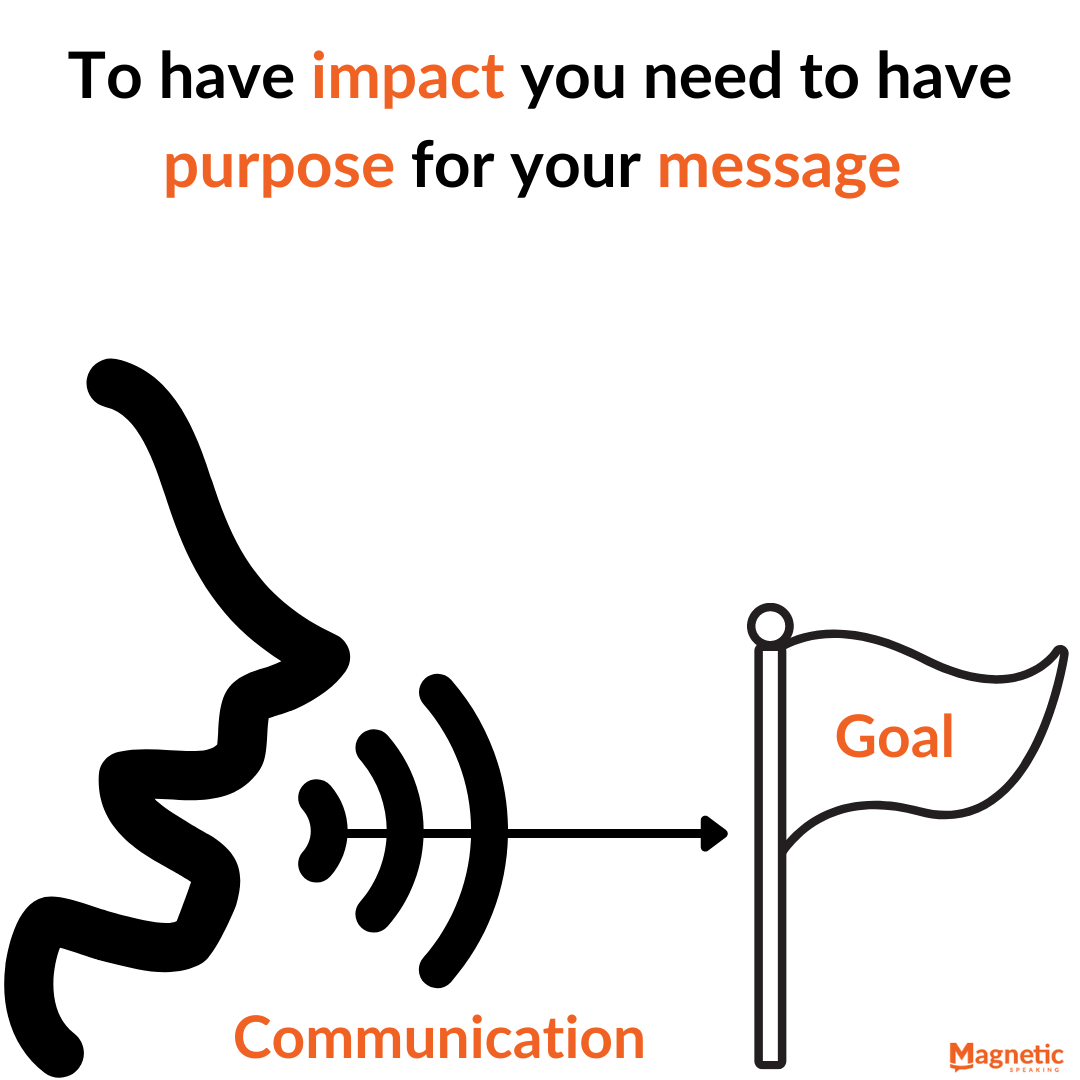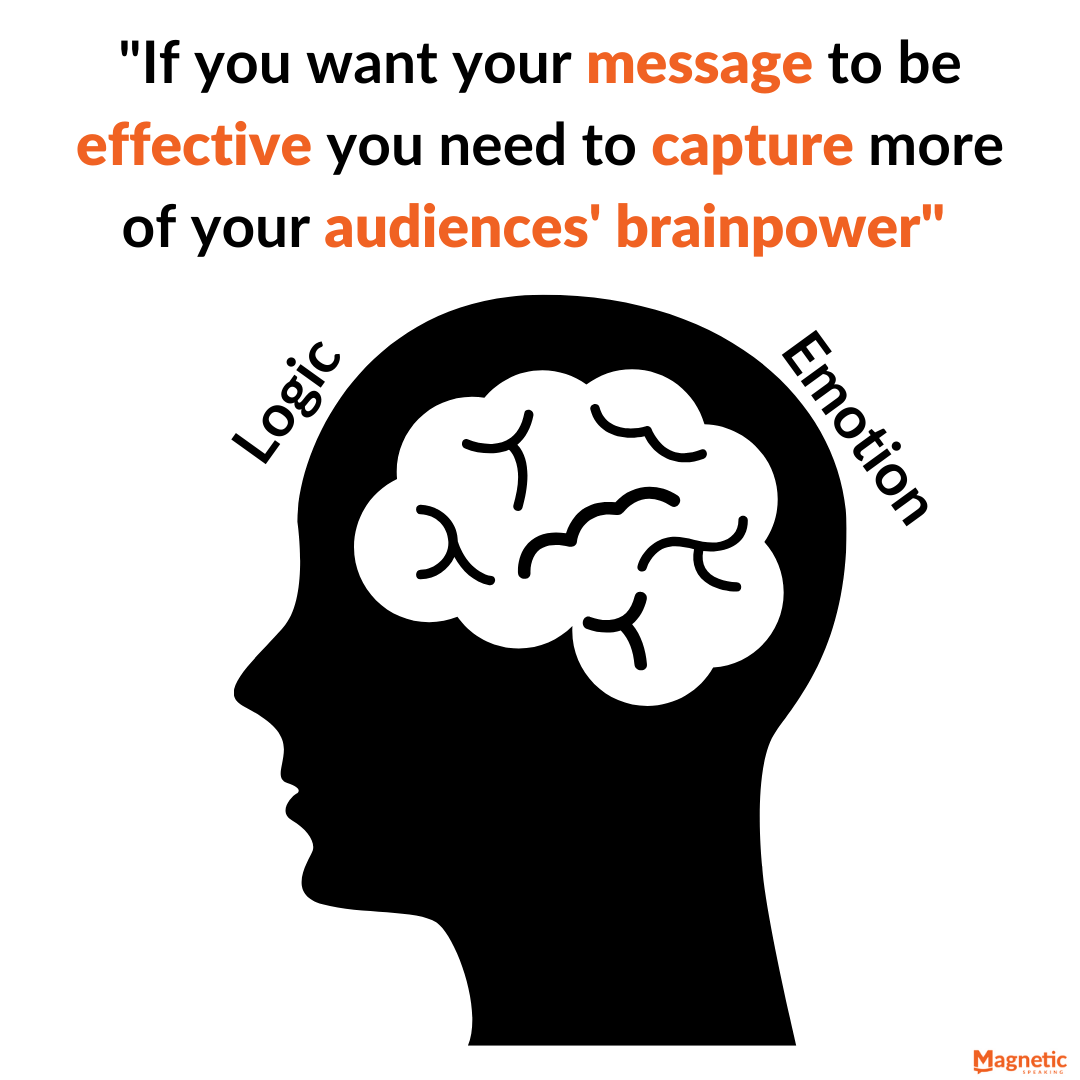If you want to communicate with impact, then you have to understand how you buy wine.
Yes, you read that right! I’m talking about that Chardonnay or Cabernet you occasionally enjoy.
Think of the last time you stood in the wine aisle trying to pick a good bottle of wine for the evening. How did you land on a specific bottle?
If you’re like most people, you picked the bottle that had the most appealing label to you.
Don’t feel bad. According to numerous studies, most people do the same- they choose a wine based on the label’s impression.
What does that have to do with communicating with impact?
Almost everything.
Your communication impact mostly depends on how you package your messages. Your ideas and thoughts can get picked up like a sexy bottle by people in droves, or they can stay on the shelf collecting dust. It depends a lot on how you pack those ideas.
Below are five fundamental tips to help you communicate with impact.
1. Set a Communication Goal

Solid communicators don’t beat around the bush. They cut through the minutia and rambling and get to the point. The only way you can achieve that level of laser focus is to think about your communication goal.
I know it’s challenging. Sometimes I struggle for a while before sending an important email to my team because I have to narrow down what I’m trying to achieve from that email. I do it because I know those thinking minutes before will deliver big dividends.
To have an impact, you need to have a purpose for your message. So, always think about your goal before writing an email, participating in a meeting, or giving a presentation.
2. Start On A Fresh Page
We all have baggage. If you want to be impactful with your communication, please leave your baggage out.
Here’s a crazy example: Imagine that you have an appointment with Mike Tyson alone tomorrow. Notice how that makes you feel. Whether you feel good or bad, that’s your baggage.
Now imagine that Tyson’s assistant tells you that Mike is agitated with you. Notice how that makes you feel.
Again, that’s your baggage.
Do you think that’s going to affect how you communicate with Mike tomorrow? You bet.
Anytime you don’t like another person or have negative feelings towards them, you can count on that feeling to leak into your messaging unconsciously.
So if you want to be impactful, you have to clear your head from baggage as much as you can. Or else your communication will be poisoned out the gate and won’t land as you intended.
3. Be Upfront With Your Points
No one wants their time wasted. So if you are respectful of your audience’s time, then they will reward you for it with attention.
The best way to show your audience respect is to tell them your point up front and then explain your thought behind it later. Most people want to explain every detail and share everything before they get to the point.
If you want to communicate with impact, then start with the most critical point. If you’re going to say we need to expand our marketing budget by 10%, begin with that. Of course, you have to follow up and back it up next.
In the military, there is a saying: “Bottom line up.” This means starting with the bottom line. I can’t agree more.
4. Balance Your Messaging

Most people are either heavy on logic or heavy on emotion when they communicate. That’s natural, and I’m sure you do the same thing.
The problem is that if you rely on one of these two modes only, you miss a chance to have a more significant impact on people.
Remember that people have a left brain and a right brain. If you communicate using logic, reasoning, data, or research, you can say that you are speaking to your audience’s left brain. If you use stories, examples, analogies, quotes, etc., then you are communicating to their right brain.
If you want your messages to be effective, you need to capture more of your audiences’ brainpower. You can do that by balancing your communication with both logic and emotion. You can learn multiple frameworks for that in the Messaging Bootcamp.
5. Learn From Mistakes
My speaking coach always said that “every master was once a disaster.” This means that masters start badly at what they do, and they get better over time; they stumble, and they learn from their mistakes, which makes them better.
Communicating with impact is a great goal to strive for. And like any worthwhile goal, it needs work. The good news is that it takes less work than you think. Following some principles, taking some classes, getting some coaching, and learning from your mistakes will get you far.
And remember, your ideas can sit on the shelf or you can package them in a way that has an impact. It’s up to you.




